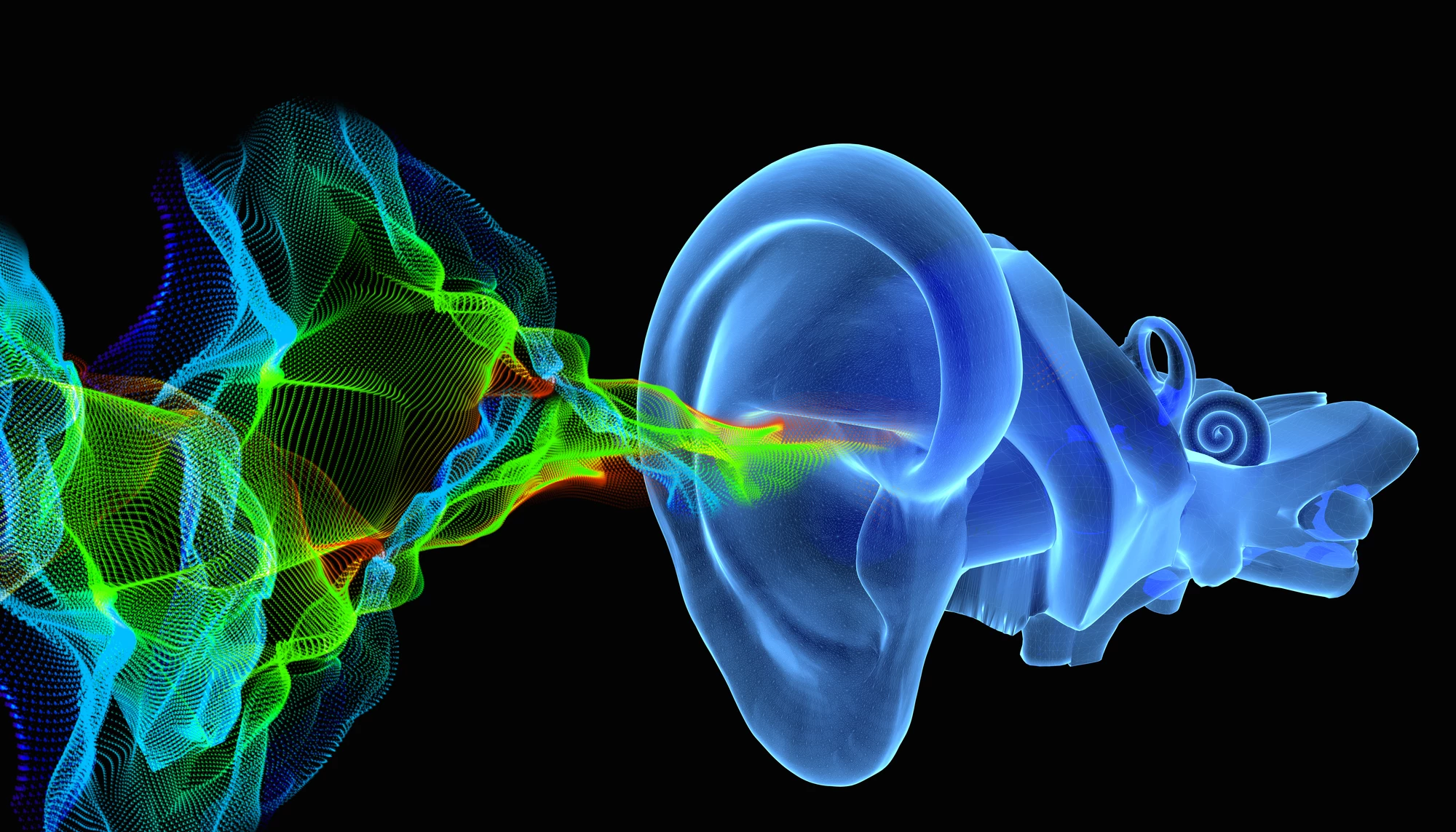Much mystery surrounds the biological processes behind the human sense of hearing, but with cutting-edge scientific tools researchers are starting to unravel its secrets. A team at Ohio State University has now produced the first ever atomic-level mapping of tiny filaments inside our ears, offering unprecedented insights into a key mechanism of the organ and how hearing loss can result when things go awry.
Last month, we looked at research from a group of US scientists who pinpointed a single protein that can determine whether a type of embryonic hair cell matures into healthy sensory cells that line the inner ear. Known as hair cells, these play an important role in our sense of hearing, and the discovery opened up some promising new pathways when it comes to regenerative treatments for hearing loss.
The new study, from Ohio State University researchers, builds on this in a way. It focuses on microscopic hairs that sit on top of these hair cells inside the inner ear – more specifically, very fine filaments attached to the top of those microscopic hairs called tip links. As sound vibrations make their way through the ear, these tip links stretch and open up small channels for positively charged ions to carry electrical signals between the ear and the brain, enabling us to hear. It is a similar process that enables us to balance.
“If you don’t have the tip link, you can’t hear, and you can’t balance,” says lead author of the study Marcos Sotomayor. “They are essential.”
Scientists have previously produced low-resolution images of tip links, and know that they are made of a pair of proteins called cadherin-23 and protocadherin-15, which are linked to inherited deafness. Now, the Ohio State University team has isolated parts of these proteins and used X-ray crystallography to produce maps of tip link structures at an atomic level.
“Now, we can see down to the atom, and we can create physics-based movies of how these tip links respond to sound-generated forces,” Sotomayor says. “That can tell us a great deal more about how these work and what happens when they stop working.”
One of the key insights gleaned from these high-resolution images of tip links was a new understanding of how the cadherin-23 and protocadherin-15 proteins interact. The scientists learned that they forge a type of connection they describe as a “molecular handshake,” which is key to the filaments' strength and considered essential for hearing and balance.
The team was also able to carry out simulations of the complex dynamics of tip links as sound vibrations wash over them, observing the way they stretch and deform as they open up the ion channels. Ultimately, these new insights could help scientists and doctors learn more about why tip links fail, and investigate ways to prevent that from happening.
“The structures also reveal tip-link sites that are mutated in inherited deafness,” Sotomayor says. “So we can try to understand what is happening with the tip links when you have these sites modified by mutations, not only by looking at the static structures but also at the simulated trajectories of tip links responding to sound.”
The research was published in the journal Proceedings of the National Academy of Sciences.
Source: Ohio State University




